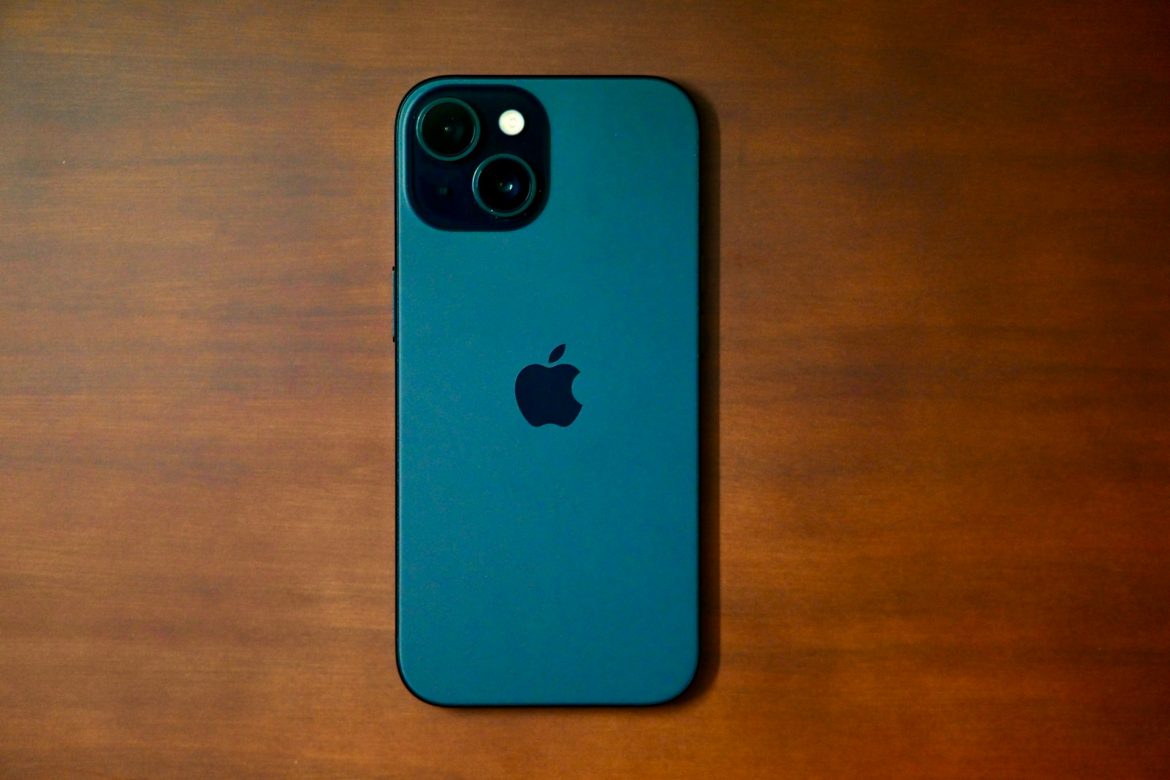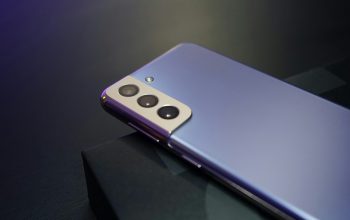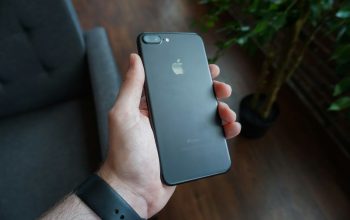Apple and Samsung remain two of the biggest names in the smartphone industry, and their base models — the iPhone 15 and the Galaxy S23 — continue to reflect their rivalry. Both phones represent each brand’s vision of what a premium entry-level flagship should offer, and each brings strengths that appeal to different types of users.
For anyone not locked into either ecosystem, deciding between the two can be a real toss-up. Whether it’s the camera setup, display quality, performance, or overall user experience, both phones have standout features worth considering.
Here’s a full breakdown to help you determine which model best suits your needs.
Design and Size
Each phone sticks closely to its brand’s design identity. The iPhone 15 has a sleek aluminum frame, a smooth matte back, and features the now-standard Dynamic Island, replacing the traditional notch. It offers a modern, minimalist look with a solid in-hand feel.
The Galaxy S23, meanwhile, is compact and premium, with a slightly smaller frame and a minimalist rear layout, featuring individual camera rings instead of a camera bump. Both phones are lightweight, comfortable to hold, and water-resistant — making them practical for everyday use.
Display
Samsung pulls ahead in refresh rate. The Galaxy S23 features a 6.1-inch AMOLED display with a 120Hz refresh rate, delivering incredibly smooth animations and scrolling. It’s an excellent display for gaming, social media, and general use.
The iPhone 15 also offers a 6.1-inch OLED display, but it’s capped at 60Hz — a spec that feels dated next to its competition. However, it compensates with higher peak brightness, making it easier to view under direct sunlight. Color accuracy and sharpness are excellent on both devices.
Performance
The iPhone 15 runs on Apple’s A16 Bionic chip, delivering fast performance in both daily tasks and demanding apps. It’s the same chip that powered Apple’s higher-end models in the previous generation, making it a strong performer with excellent energy efficiency.
The Galaxy S23 is powered by the Snapdragon 8 Gen 2 for Galaxy, a special version of Qualcomm’s top-tier chip. It’s fast, reliable, and optimized for gaming and multitasking. In practice, both phones are smooth and responsive, and the performance difference is minimal for most users.
Camera
Apple upgraded the iPhone 15’s main camera to 48 megapixels, allowing it to capture sharper details and improved low-light shots. It also simulates 2x zoom using the main sensor — an upgrade over previous base models.
Samsung’s Galaxy S23 includes a triple-camera setup with a dedicated 3x telephoto lens, giving it a clear edge in optical zoom and versatility. While both deliver excellent photo and video quality, the Galaxy is more flexible for users who like to experiment with different perspectives.
Audio
Both phones are equipped with stereo speakers that provide clear, well-balanced sound. Whether you’re watching videos or listening to music, audio performance is strong. Neither phone has a headphone jack, so wireless or USB-C/Lightning headphones are necessary.
Battery and Charging
Battery life is comparable on both devices — each is built to comfortably last a full day with regular use. Charging speeds are also similar, though the Galaxy S23 has a slight edge with faster wired charging support. Both support wireless charging, making them convenient for users who prefer cable-free setups.
Storage and Software
Apple offers more flexibility in storage, with configurations up to 512GB. In contrast, the Galaxy S23 typically comes in 128GB and 256GB options, depending on the region. If you need more onboard space, especially for video recording or large apps, the iPhone has the advantage.
On the software side, the iPhone runs iOS with deep ecosystem integration, particularly with other Apple products. The Galaxy S23 features Android with Samsung’s One UI skin, offering more customization and a wide range of features. Choosing between the two largely depends on which operating system you prefer.
Conclusion
The Galaxy S23 stands out with its high-refresh-rate display, dedicated zoom lens, and compact form. The iPhone 15 counters with a brighter display, exceptional chip performance, and an upgraded main camera that excels in video.
Both phones are priced similarly and deliver premium experiences without stepping into the “Pro” category. If you prioritize display smoothness and camera flexibility, the Galaxy S23 is a strong choice. If long-term software support, ecosystem compatibility, and video quality matter more, the iPhone 15 is hard to beat.
In the end, you’re looking at two of the most refined base models available — and either one is a winner, depending on what you value most in a smartphone.



